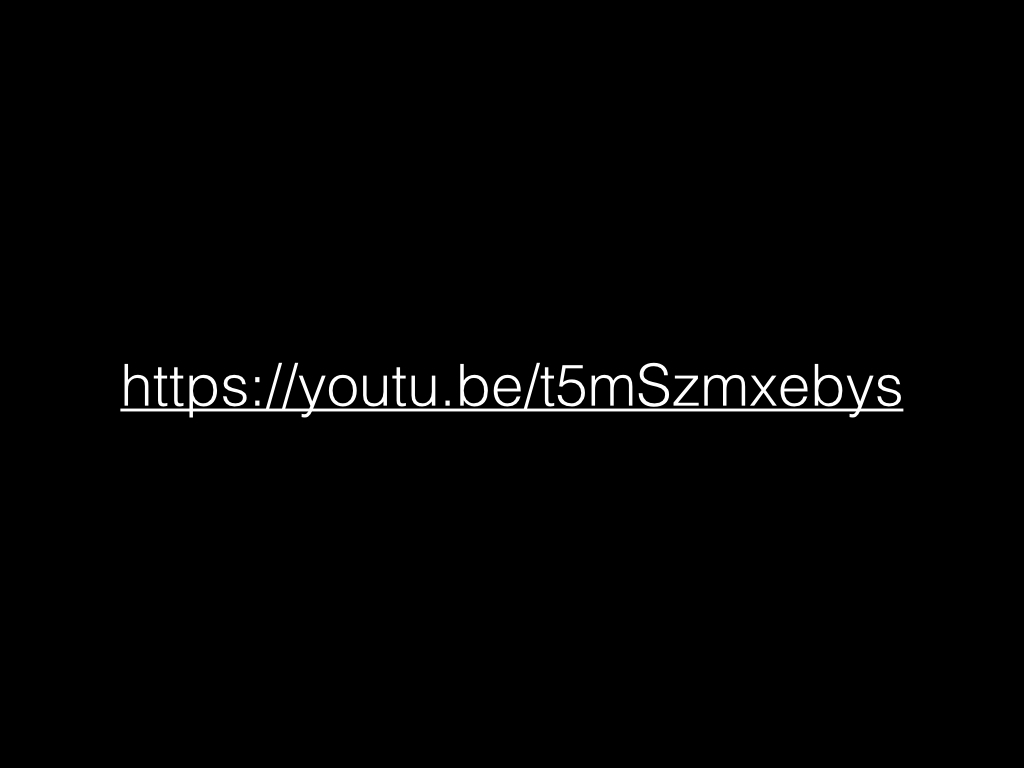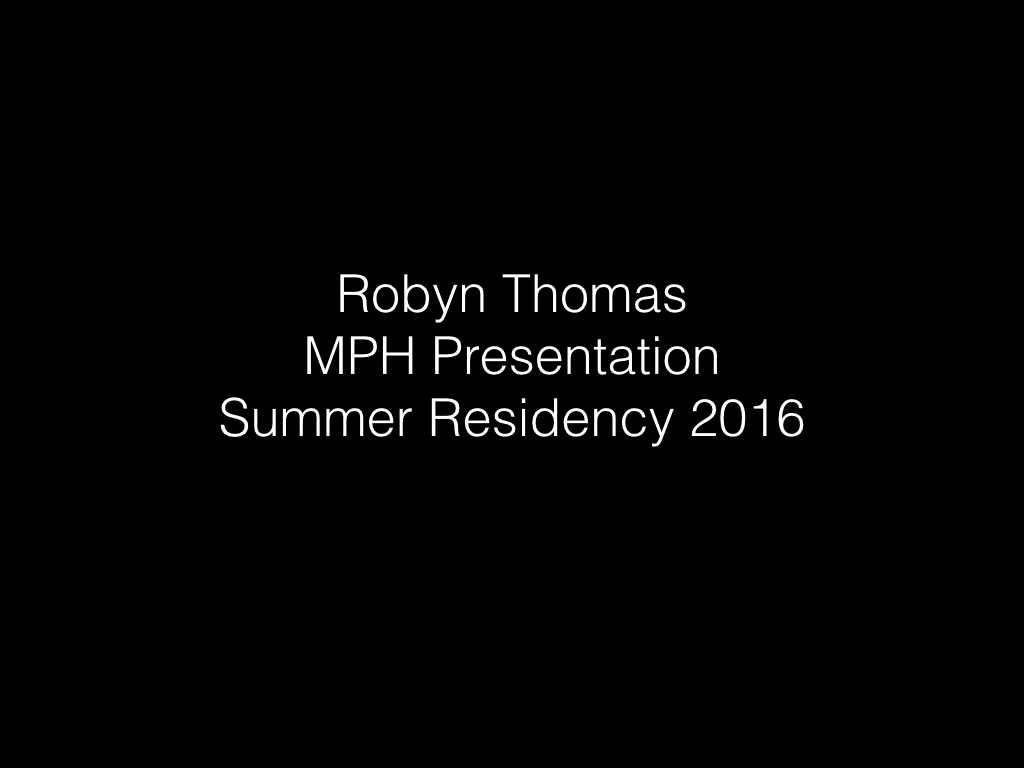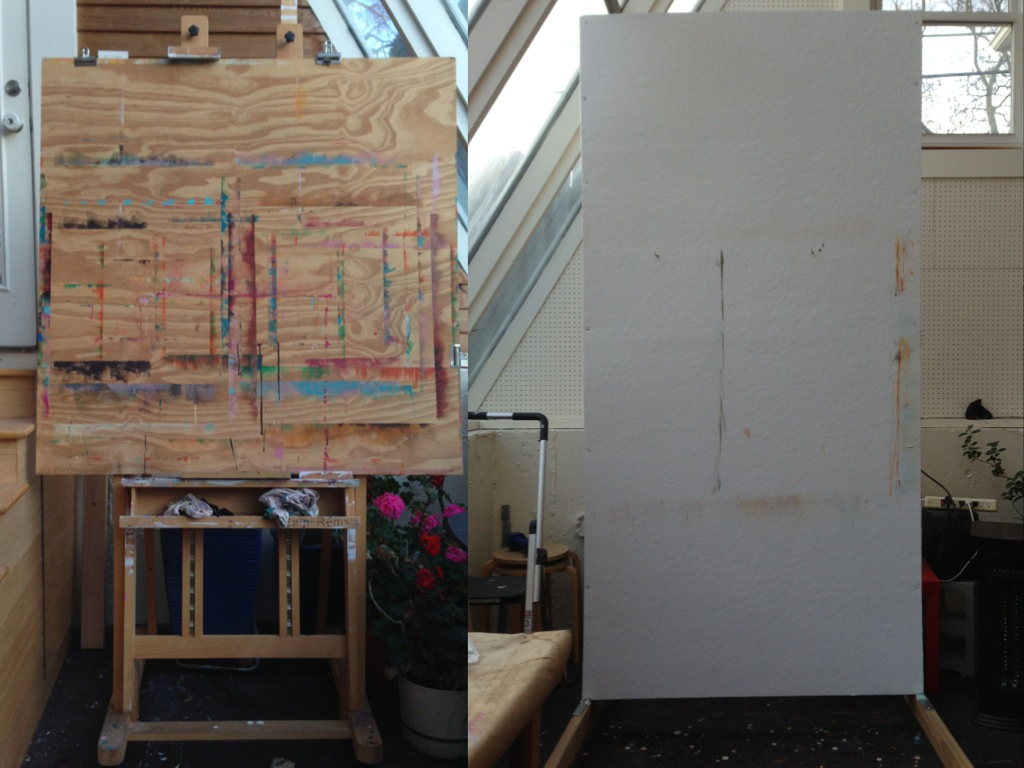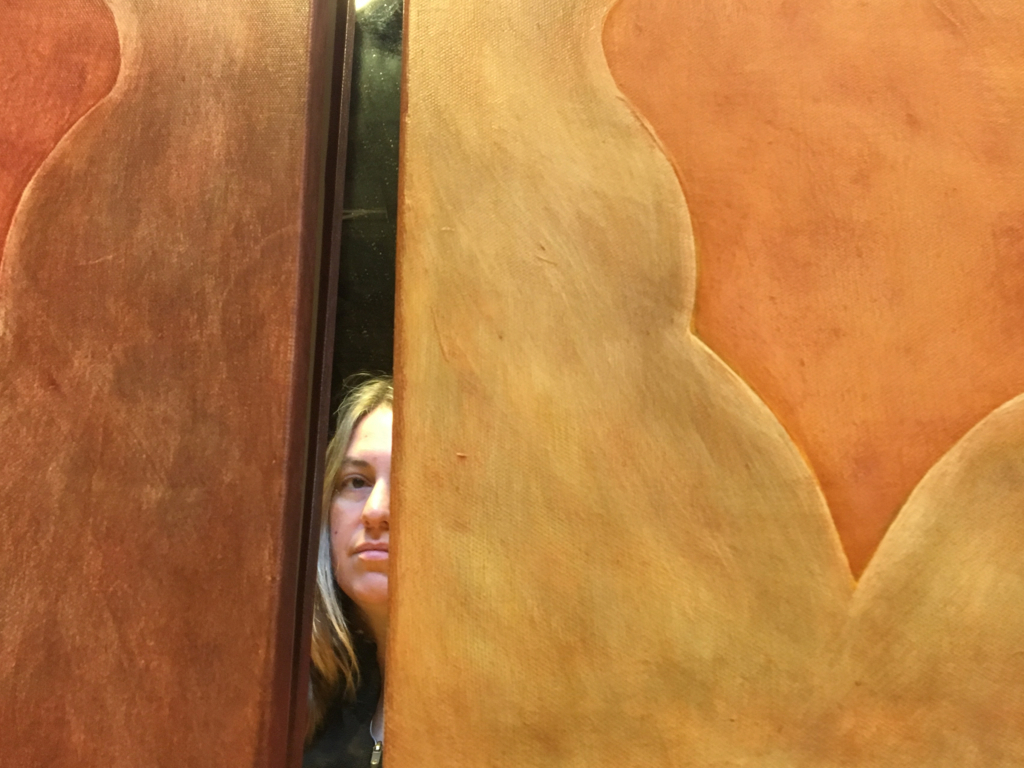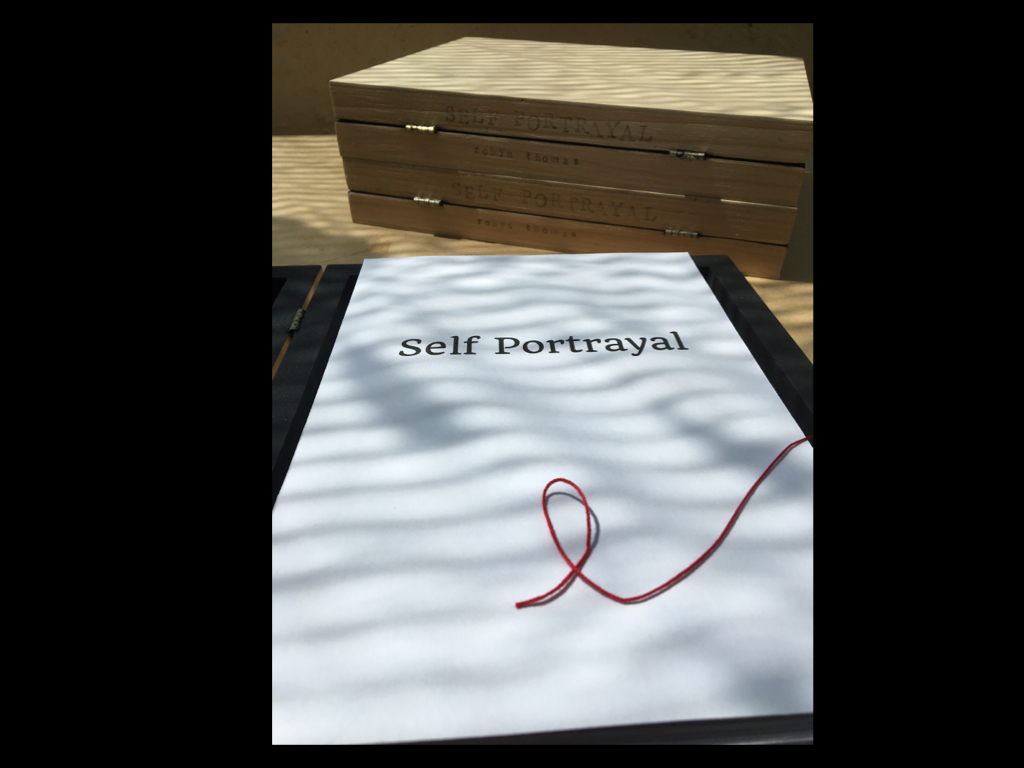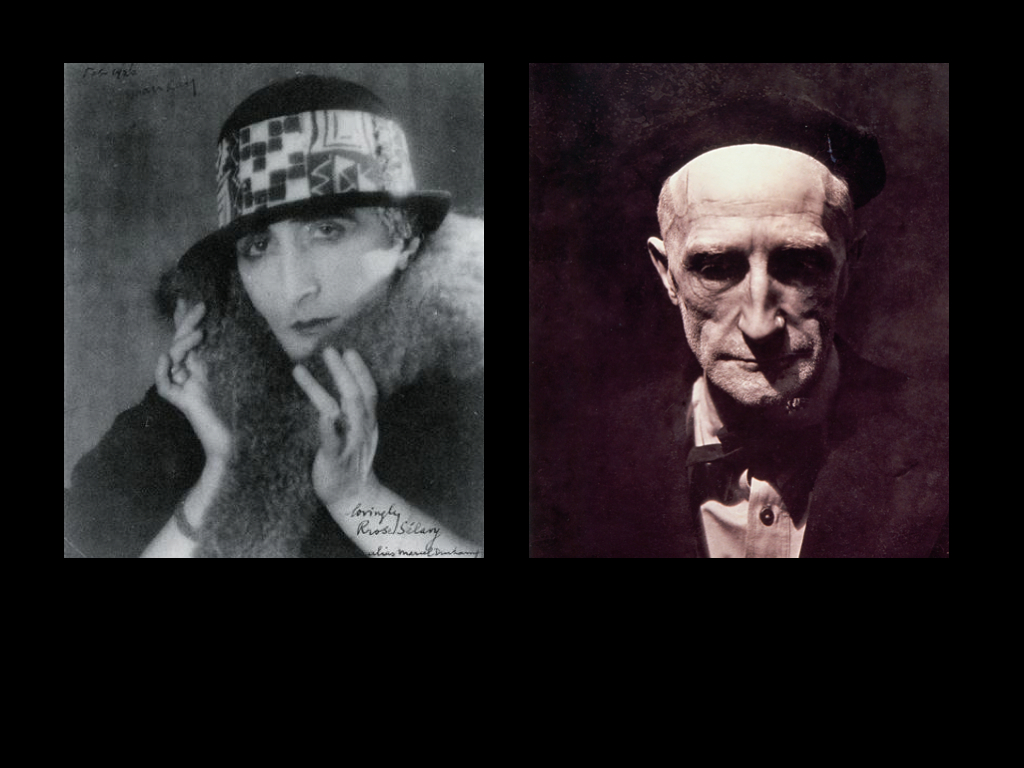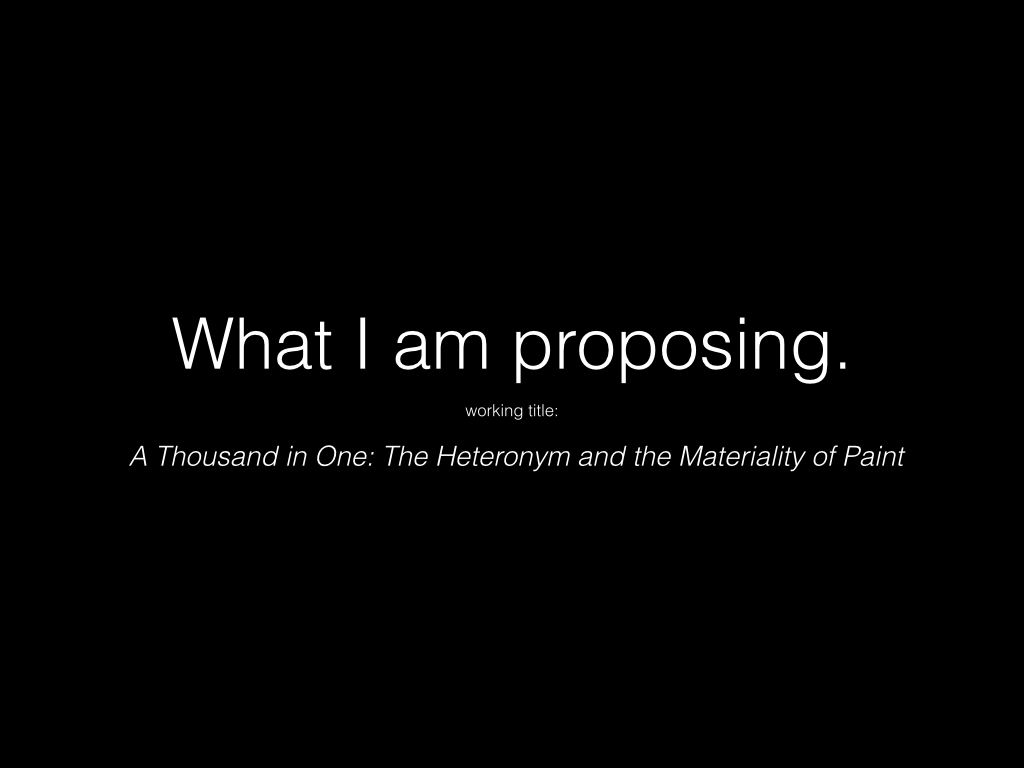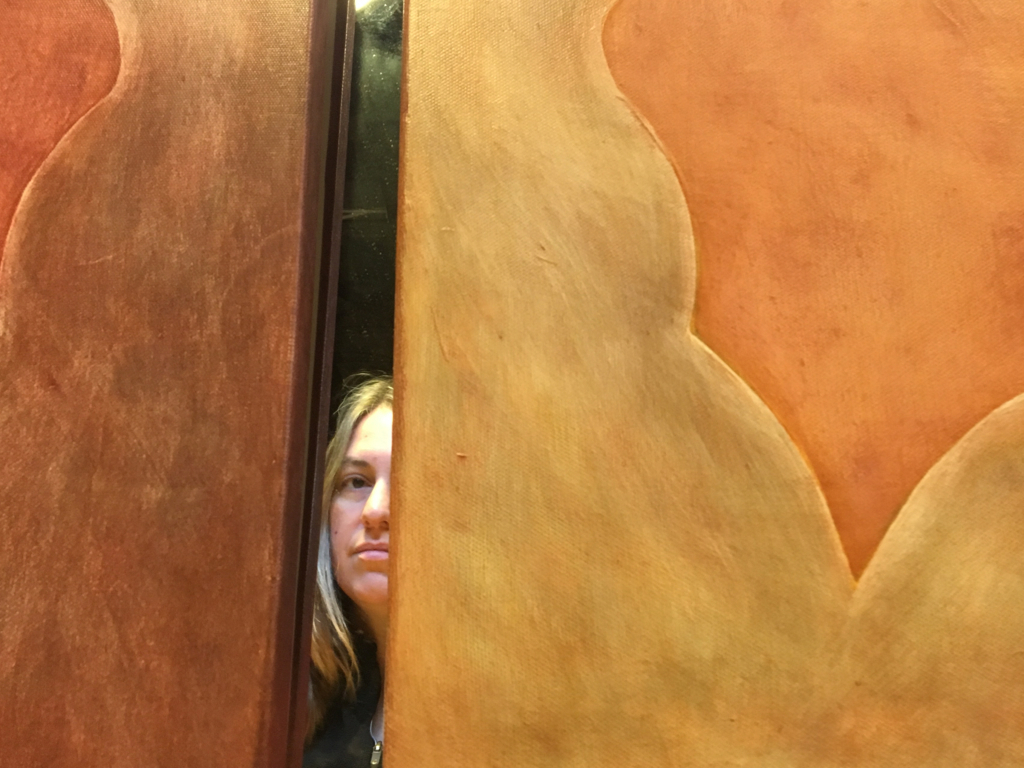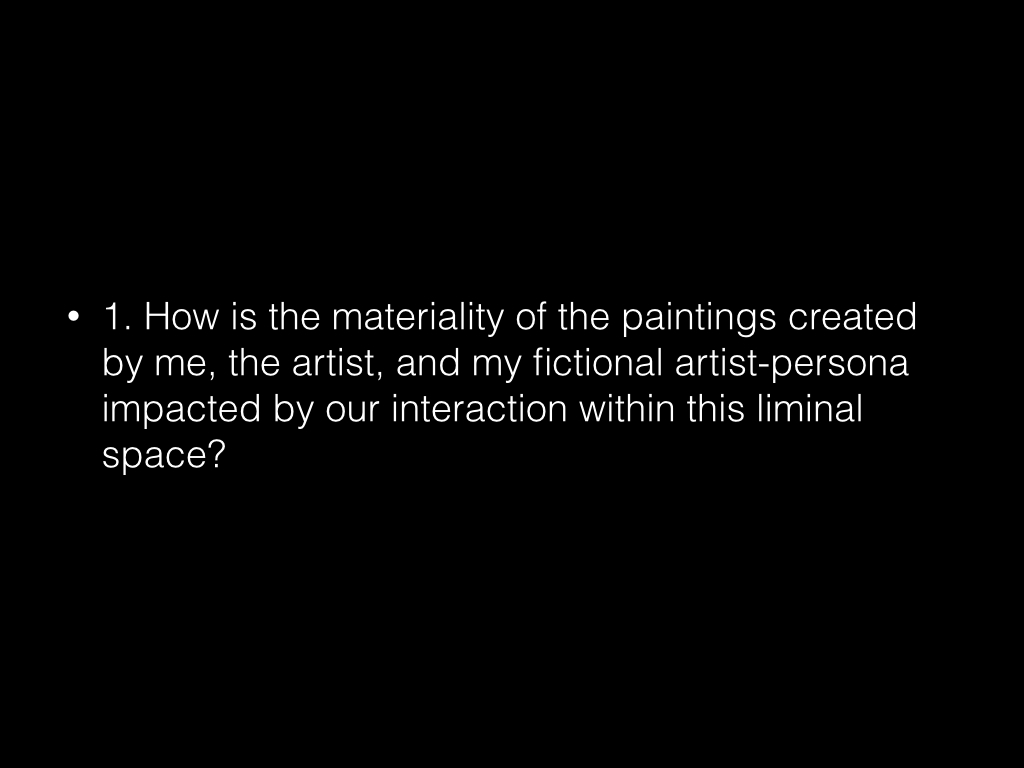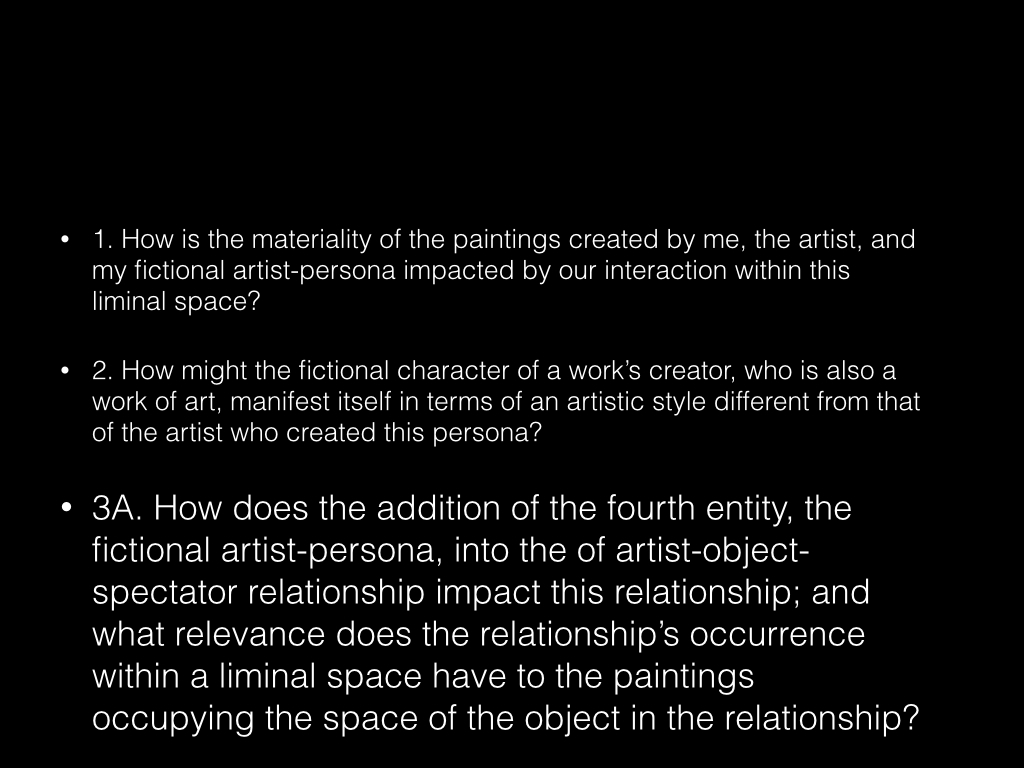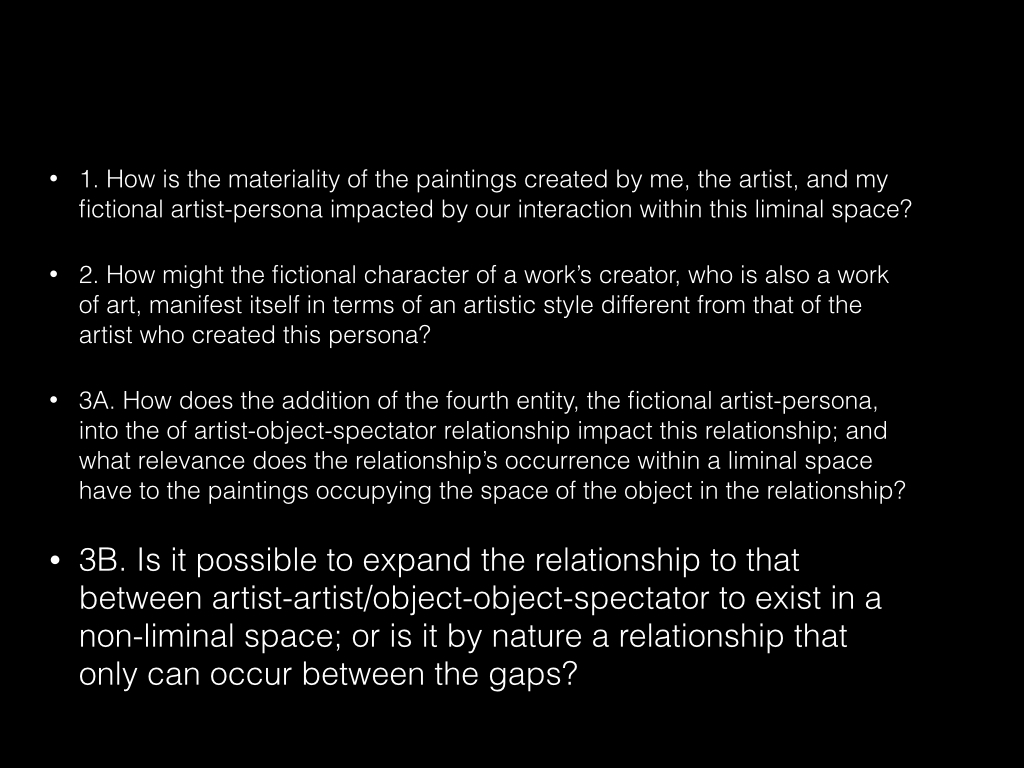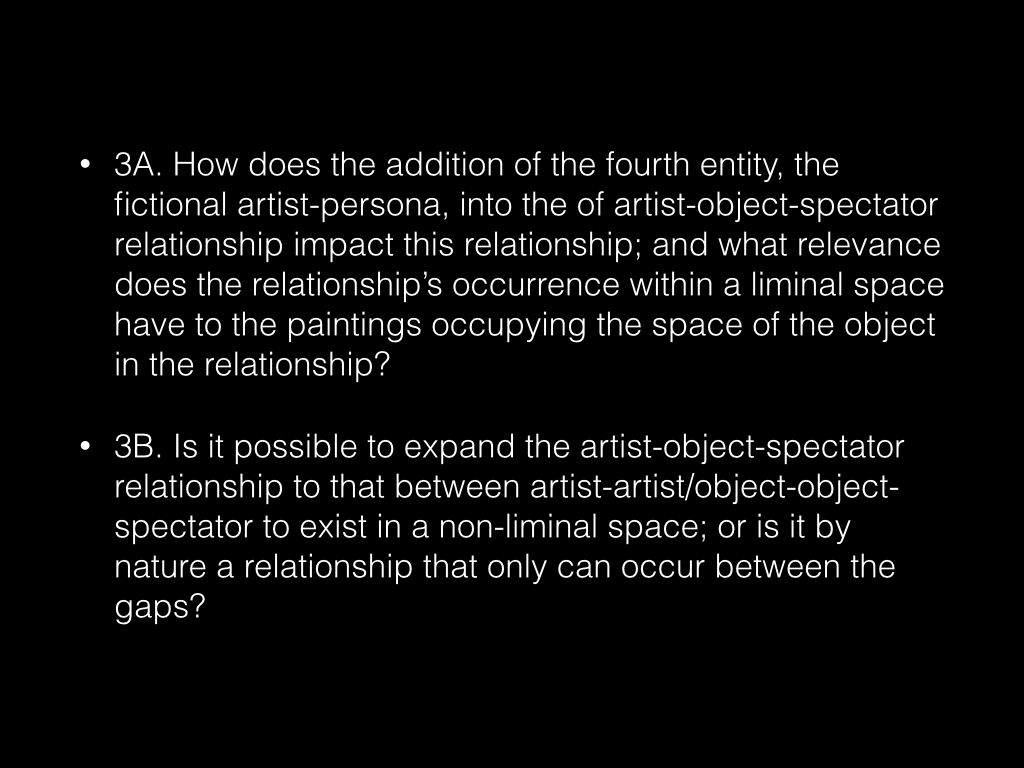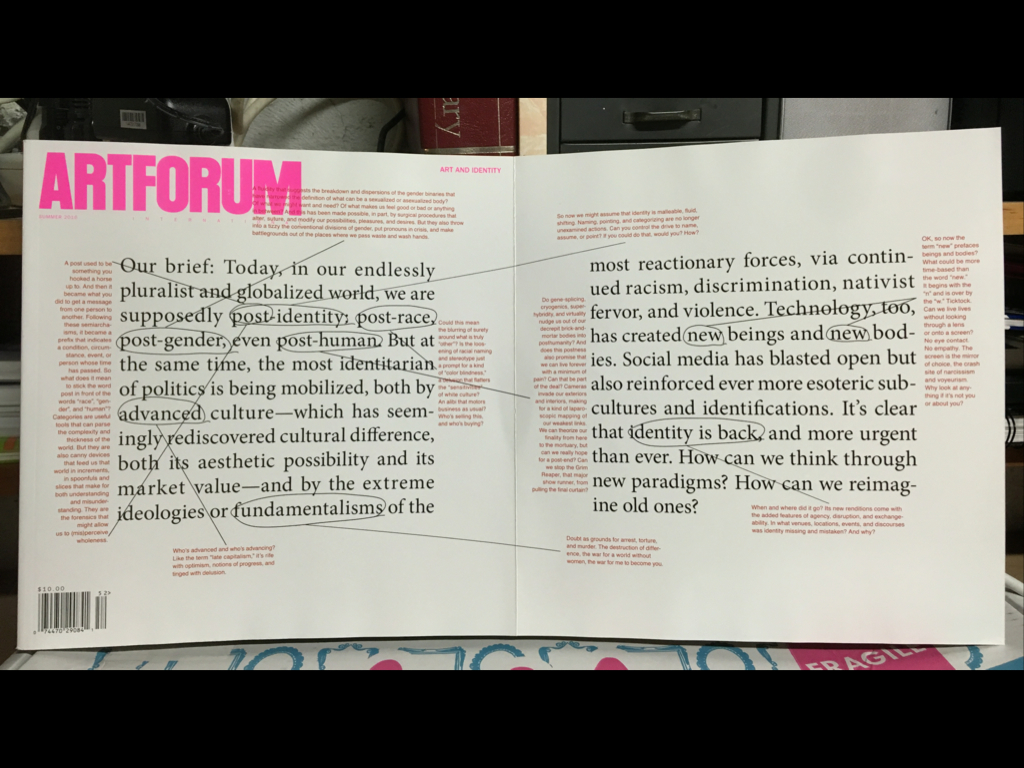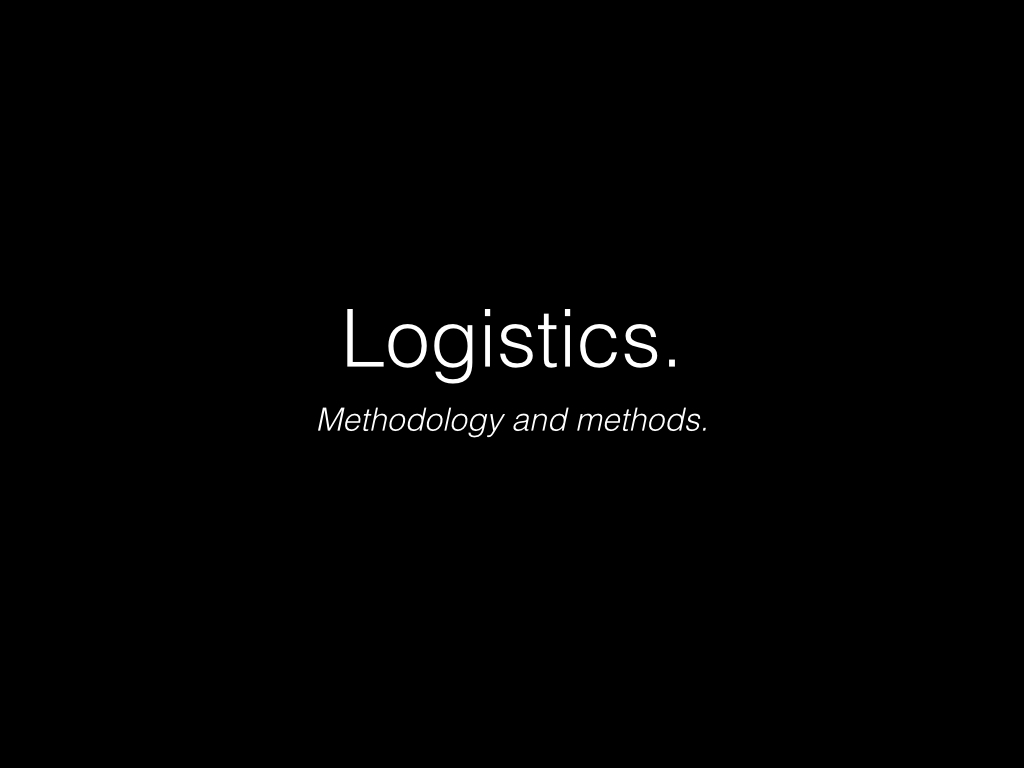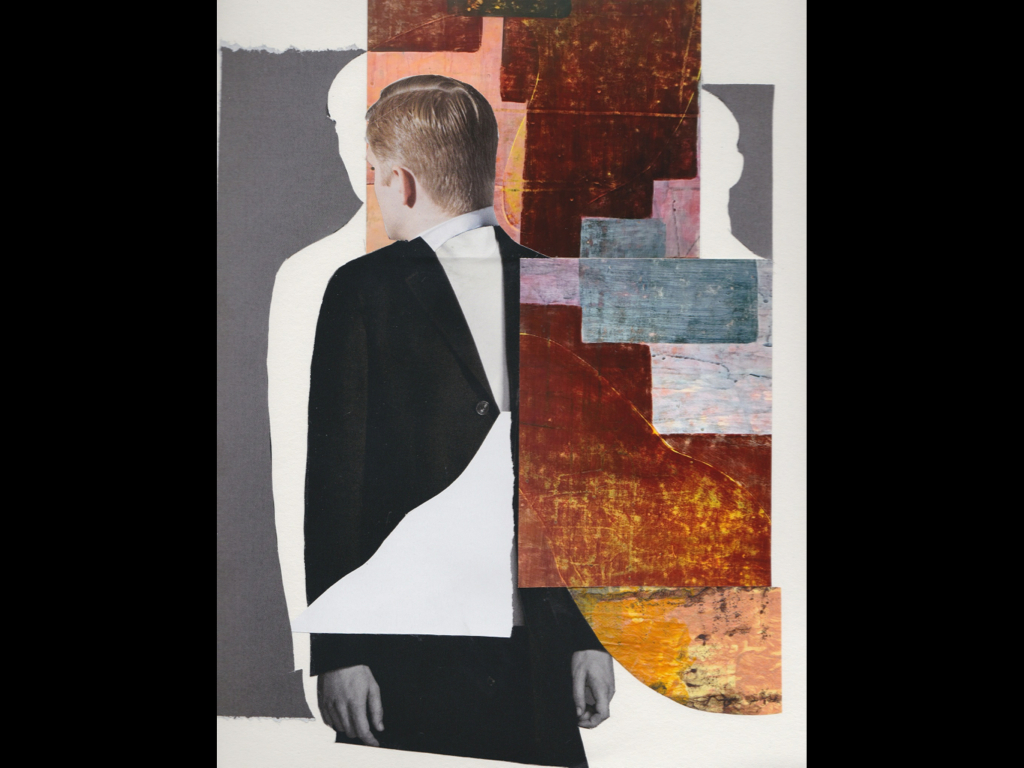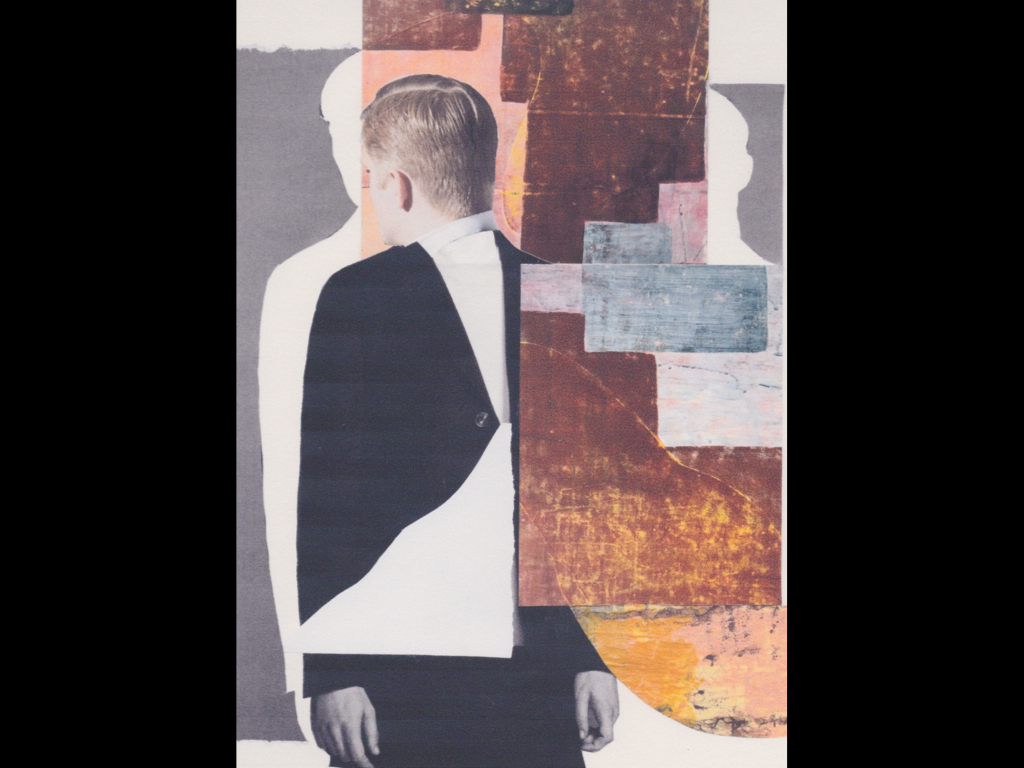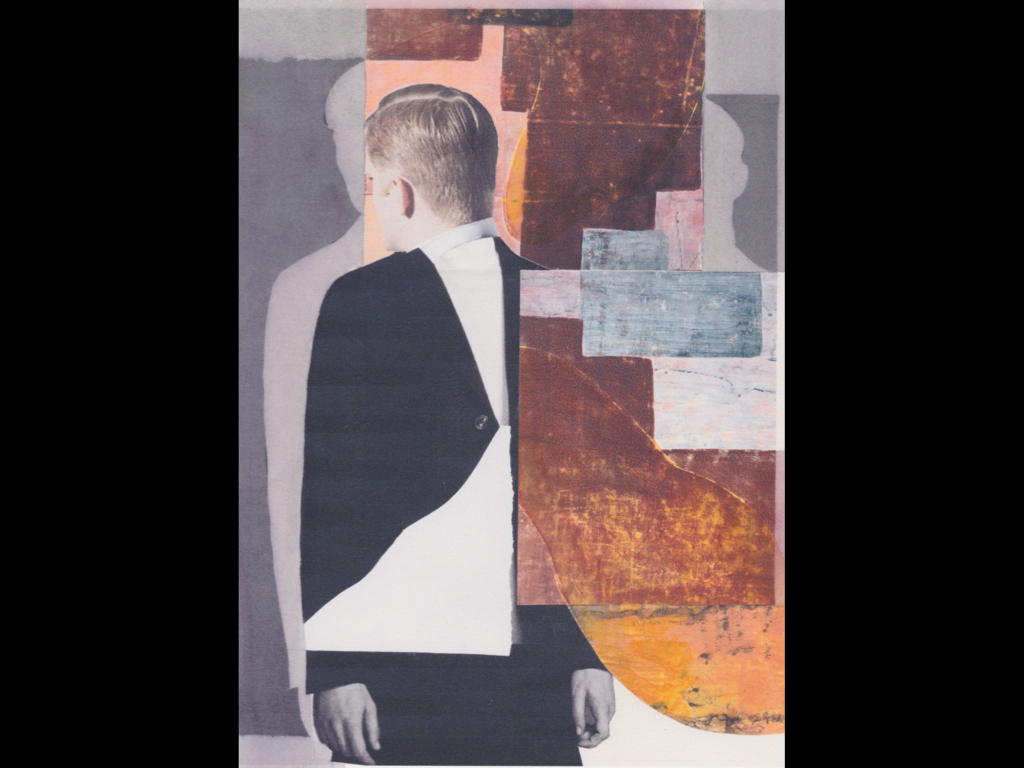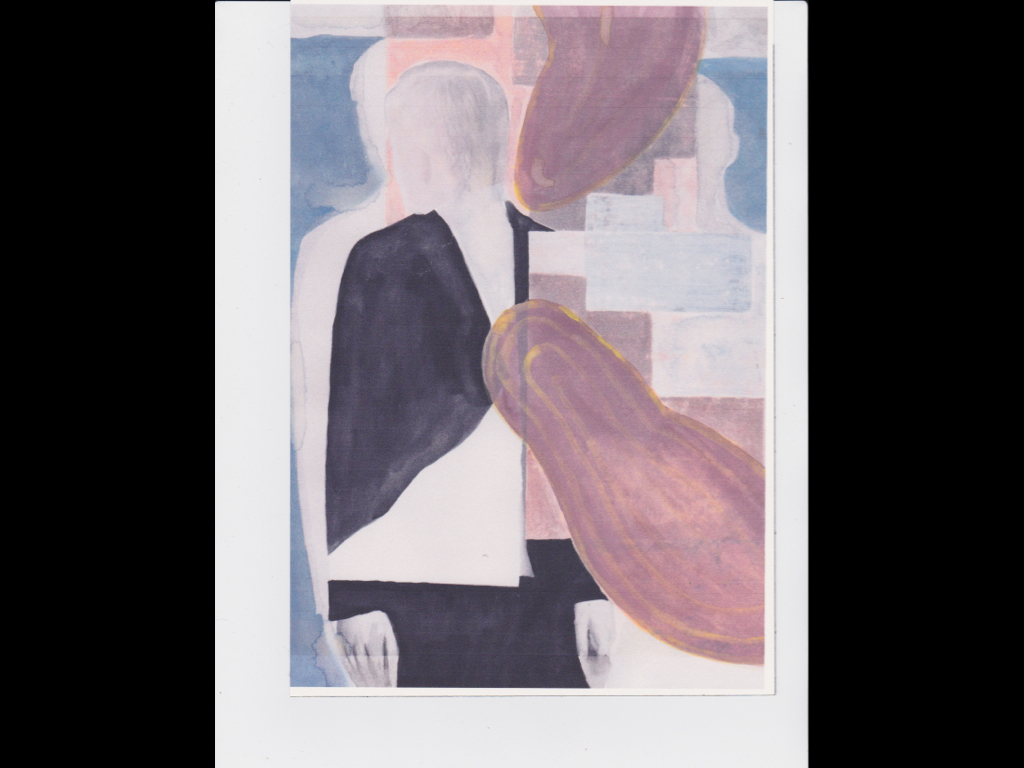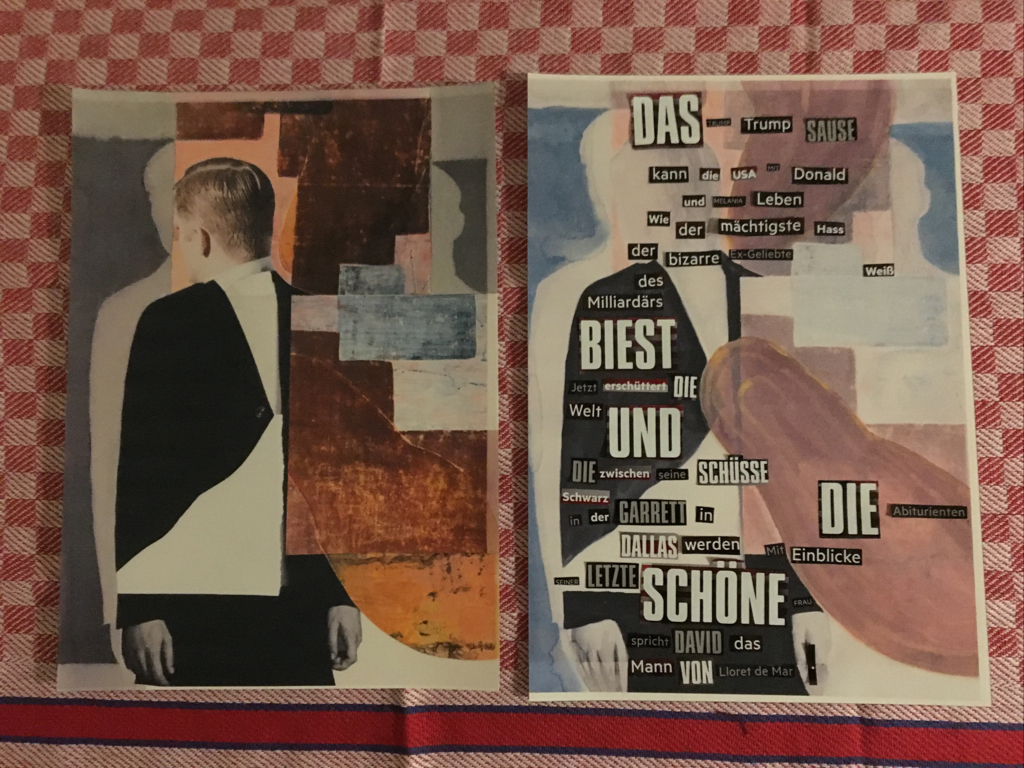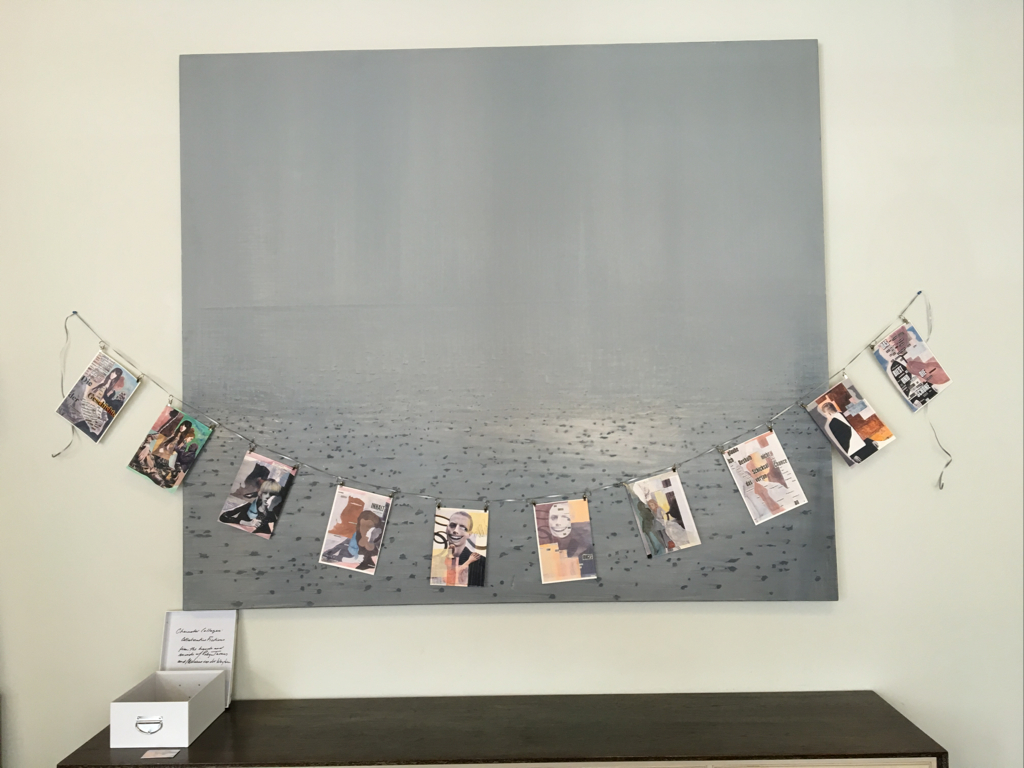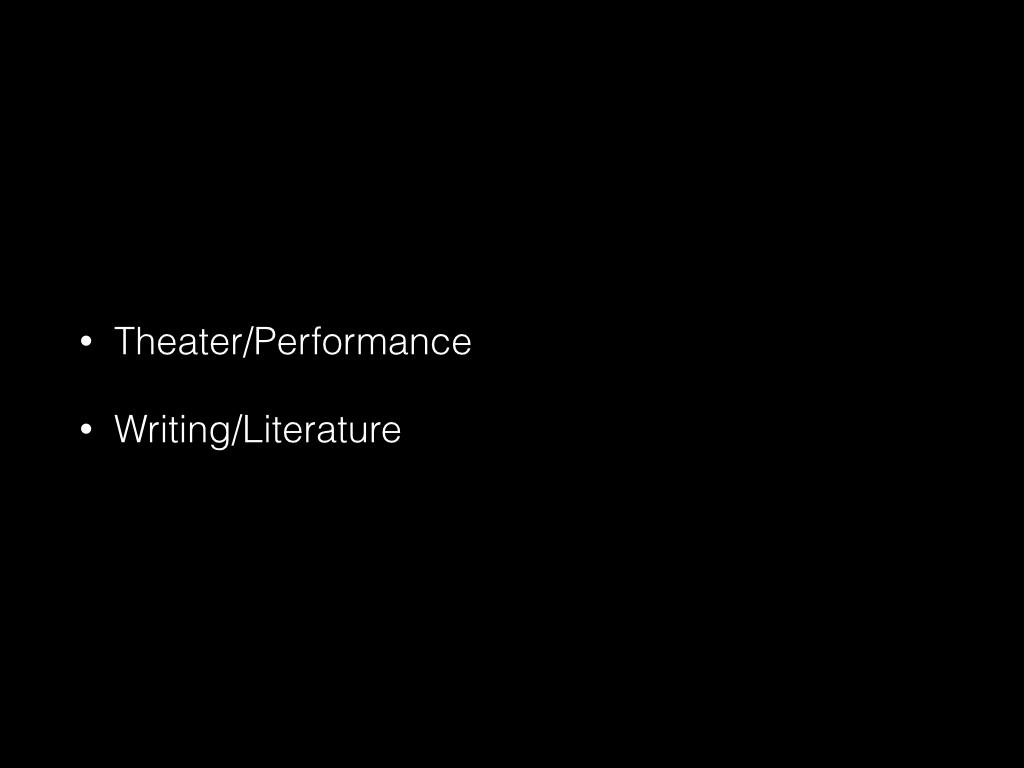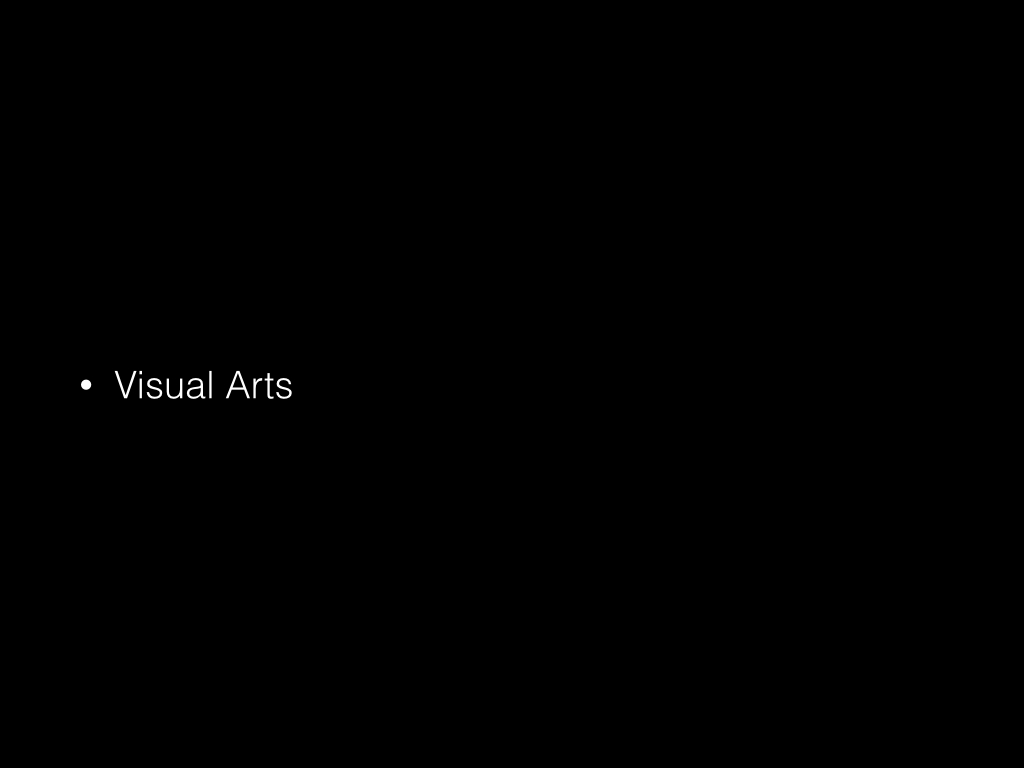During the 2016 Summer Residency I am in the process of completing one degree program [MFA Creative Practice] and beginning another [MPhil/PhD Creative Practice]. During the first week of residency this involved two presentations that were in one way polar opposites yet in another where simply the continuation of the explorations I undertake with my art.
I don't want to write too much about either presentation at this point; however I want to provide here snippets of both for the readers of this blog to use as either a memory aide or a glimpse into those two moments.
The first is a link to a portion of the live video stream that was a part of the MFA Dialogue with Claire Elizabeth Barratt RAW/PORTRAYAL/MATERIAL/SELF/PORTRAYAL/RAW/MATERIAL/SELF/MATERIAL/PORTRAYAL/RAW on Tuesday, July 26 in Studio 14 of Ufer Studios, Berlin-Wedding. The video was recorded on an iPhone6 which through FaceTime projected the stream onto the wall at the far end of the space. A number of viewers of the performance/installation/dialogue used to film what was happening in the space.
The second is the slideshow with notes from the MPhil introductory presentation to my work and proposal at this stage in the process which I gave on Friday, July 29 in the same place, Studio 14, Ufer Studios.
MPhil Presentation Notes to Slides
1. quick look at video of FaceTime live stream projected…https://youtu.be/t5mSzmxebys
2.
3. Who I am and what I’ve done. I’ll keep this brief as we’ve been together almost a
week, had a chance to talk some, and hopefully everyone had the opportunity to
attend the MFA Dialogue I had with Claire Barratt Tuesday which presented my
recent work. For those unable to be present at the DIALOGUE the bit of video I
showed before starting was part of the live stream we had set up during the
performance-installation portion of the presentation. If you were not there and
would like to know more about this, I’d be happy to talk to you later; and the
same goes for if you were there and want to talk with me about it.
4. This is where I spend most of my time; a section of my studio with an opposing
easel and a wall.
5. Here I am working at the wall on the third movement of my MFA thesis work
Sonata: Allegretto. [the painted panels being configured and reconfigured in the
space during the video at the start]. This was before this painting passage’s
fragmentation.
I am a painter. What this means is that my practice is centered around the act of
painting and the object[s] which are a product of this act. Painting is the
beginning and outcome, but never the end, of my research. Although a painting
might reach a point of resolution where I let it go, I don’t believe a work is ever
really finished; instead the point of resolution generates the next starting point in
my process.
6. Metaphors I frequently use to describe my process involve driving. Sometimes
I’m behind the wheel; however more often painting is the driver, the vehicle and
the main highway on the journey. There are side roads that enrich the journey,
and this is when I take the wheel. Sometimes these are enforced detours,
intentionally taken to obtain skills or information that is not obtainable along the
main road, other times they could be a “Sunday drive”; taken for pure pleasure.
I’ll discuss the side roads more momentarily.
7. The past two decades in my practice I’ve explored the physiological,
psychological, and cultural fragments that are the building blocks of identity; the
spaces in which these parts are repeatedly constructed, combined, unfurled and,
at times, concealed to form and re-form what we might consider to be the whole
self. The image I am showing is a photo of myself with a piece I’ve been working on
for a number of months.
My process involves taking an idea, a source image, through multiple iterations;
fragmenting it; putting it back together in various ways using different [mostly
paint-based] media and seeing what happens, what information is revealed along
the way.
This piece is two canvases, 40 x 50 cm mounted with a piece of mirror between.
The canvas on your right [lighter] is an oil painting whose origins can be traced
back to a series of photos I took of my flesh in a mirror and have worked with
across various media for the past 18 months. The canvas on your left [darker] is
a photo-print on canvas of the painting on the right. I’ve glazed in sections with a
clear acrylic gloss varnish.
I am showing this work as an example of a side road taken in the studio,
exploring imagery, ideas and materials I was simultaneously applying along the
main road, but in a different way. This piece may or may not develop into a
‘resolved’ work or become part of a larger body of similar works, but that was not
so much the intention. The intention was to play with the idea and materials in a
different way as a means of gathering knowledge which could be applied to the
main works I was focused on at the time, or to future work.
Let’s call this a ‘study’; and I spend a lot of my time playing with studies between
my easel and wall.
8. In my most recent work [TI-MFA: Self Portrayal] I explored individual identity
through self portraiture. I looked at how the ever changing understanding and
expression of the fragmented self, existing within the defined space of the
triangular relationship formed between the artist, the object [painting-self portrait],
and the spectator as described by Richard Wollheim in the first lecture in a series
held at the National Gallery of Art in Washington DC in 1983, published in
Painting as an Art (Princeton, 1987) functions with regard to the artist’s
application and manipulation of truth in self portrayal.
This image shows the three versions of artist books I’ve made using the thesis
text and Sonata images as a basis. [seen on table in video] The format I chose
for the artist book, the unbound text and images contained in a box outfitted with
mirrors is a tactile expression the relationship Wollheim spoke of and the
fragmented and reconfigure-able nature of identity I am addressing.
9. Part of my thesis research included a closer examination of the self portraits of
Marcel Duchamp. Seen on the left is the self portrait of his alter ego, Rrose
Selavy in a photo executed by Man Ray under the direction of Duchamp in 1923.
Looking at Duchamp’s work led to the development of the question of what
happens to the value of ‘truth’ in representation of identity once the control of the
artwork is ceded by the artist to the spectator, and ultimately leading to what I am
proposing for the next segment of my journey.
On the right is the self portrait Marcel Duchamp at the Age of 85taken in 1945
under Duchamp’s direction by New York commercial photographer Percy
Rainford to accompany a feature on the artist’s life in the magazine View.
Duchamp was in fact 58, not 85 at the time. It was the backstory to this self
portrait by Duchamp which sparked the question for me: What happens when the
truth of identity is a fiction to begin with?
10. My recent research on identity led to questions pertaining to artworks produced
by alternative identities of the artist; questions of how the production of an
artwork in the guise of a fictional, or at times fictitious identity, impacts conceptual
and formal aspects of the work as well as the complexity of the relationship of
artist-work-spectator.
In Eastern and Western traditions artists have for various reasons created
artwork attributed to alter-egos, pseudonyms, altered identities, or heteronyms.
Ex. include to escape a traumatic experience or memory thru the ‘other’; to
create free from restrictions of gender, class or culture; or to enable the creation
of art which differs conceptually or formally from the work for which the artist is
already known, and otherwise could be unacceptable or damaging to the artist’s
career or the value of previously produced works.
Since Duchamp artists have increasingly explored the formation, manipulation
and questions of identity in their work instigated and in response to the expanded
discussion of the politics of identity [race, gender, sexuality, class, and mental or
physical abilities].
Much of this work has occurred, or been recognized as being produced by artists working in new media and performance genres, though the questions being
asked pre-date the recent interests in all things ‘identity’ and artists working in all
media continue to explore these questions as well.
Whatever reasons an artist chooses to create art in the guise of an ‘other’,
characteristics of the identity from which the work is produced are a part of the
work.
Identity is a construct; art created and attributed to an identity separate from the
artist’s own cannot be examined conceptually or formally without consideration of
ho and h the artist chose to build the new artist-persona the way she did.
These choices impact not only the conceptual and formal manifestations of the
artwork created by the new persona, but also the materiality, a term I use to
encompass qualities of the object that are both formal and tactile, which as the
basis of the works’ formal expression are important to defining an object as an
object.
11. Returning to this image I showed earlier; Materiality and concept of the object/
work intersect in a liminal space, much like the gap seen here between the
original and its copy.
This space, seen metaphorically, is also the type of space one could find the
constructed identities of the artist-creator and the spectator.
The interplay between the artist and her newly created artist-persona within this
liminal space will be the focal point of the following questions I address in my
research.
12. 1. Ho is the materiality of the paintings created by me, the artist, and my
fictional artist-persona impacted by our interaction within this liminal space?
13. 2. Ho might the fictional character of a painting’s creator, who is also a work of
art, manifest itself in terms of an artistic style in the paintings that is different from
the style of mine as the artist who created this alternative persona?
14. 3A. How does the addition of the fourth entity, the fictional artist-persona, into the
of artist-object-spectator relationship impact this relationship; and what relevance
does the relationship’s occurrence within a liminal space have to the paintings
occupying the space of the object in the relationship?
15. 3B. Is it possible to expand the relationship to that between artist-artist/object-
object-spectator to exist in a non-liminal space; or is it by nature a relationship
that only can occur between the gaps?
16. This third question will necessitate a closer examination of liminality in the artist-
object-spectator relationship, how it is manifested and defined.
17. Finally to end this section, as artists we are creating art in a time that not only
houses, but nurtures broad approaches to the exploration of personal and group
identity within a wide range of individual and collective creative practices.
Seen here is the cover of the current, Summer 2016, issue of Artforum featuring
the theme ‘Art and Identity’. The cover work is by Barbara Kruger and is a
response to the letter she received requesting her participation in this issue.
Kruger’s response was to mark up and question the language used to describe
our understanding of identity today and how it is expressed.
For the hyphenated word ‘post-identity’ Kruger chose to respond to ‘post’
separate from and together with ‘identity’. Kruger writes, and here I’m reading the
text for the whole word, ‘post-identity’:
“So we might assume identity is malleable, fluid, shifting. Naming, pointing and
categorizing are no longer unexamined actions. Can you control the drive to
name, assume or point? If you could do that, would you? How?”
How?
The questions I am addressing in my research will provide a solid foundation for
future contextualization of the impact of fictional identities as creators of material
objects to the objects and artist-object-spectator relationship within a liminal
space.
18. Here I’ll attempt to speak of my proposed methodology and methods for the
studio and written research.
19. Returning to my first slide:
As a painter the place at the core of my artistic research practice is the studio.
20. The next few slides I’ll run through quickly as an example of one ‘side road’
method I am currently employing not necessarily to create heteronyms but as an
exercise to build my skills in developing character through image making. These
are a series of mixed media works, approximately 18 cm x 24 cm on paper
Arches hot press watercolor. They begun as collages in a bound sketchbook
using imagery from fashion magazines, photo remnants from my past projects,
as well as scraps of paintings, drawings and prints laying around in my studio to
create portraits of persons encountered by one of my existing heteronyms while
on she vacationed in Florida and which I based on the stories she told me. These
collages are then taken through multiple iterations of scanning, printing, painting
over, re-scanning…and each step along the way includes a digital scan of the
image which then exists virtually.
The current stage a few of these character studies find themselves in is a return
to direct collaboration with my heteronym, Melusine van der Weyden, who has
collaged text to the fifth iteration of the work. These can be viewed in person at
the International Experimental Art Space organized by TI student miChelle Vara.
There are events after this evening’s presentation, and the creative minds
potluck dinner this Sunday at 7 PM to which all are invited to come see mine and
Melusine [along with a other TI colleagues’] work.
21-25.
26. Development of heteronyms requires skills that I do not necessarily have access
to through painting. Therefore I am looking to areas outside artistic research for
methodologies which will lend themselves to this project.
Two areas I am looking to are: Theater/Performance and Writing/Literature.
Within the area of theater/performance I am looking to Stanislavski’s system for a
‘natural’ development of character. This involves familiarizing myself with his
teachings, exercises, and application of concepts by a variety of actors and
schools; and from there formulating methods suitable to my own practice.
In the area of writing/literature I am considering the of use qualitative research
methods via case studies from literature, specifically the experimental writings of
twentieth century authors Fernando Pessoa and Robert Musil, to study how
these authors developed and expressed fictional characters, heteronyms and
characteristics of identity in their writings which consist of prose, poetry and
philosophy, what they were saying and why.
I will then incorporate the information learned in my own experimental methods of developing the paintings as well as in the written documentation and exegesis of
the process.
27. I will use a combination methods from art historical, psychoanalytical and
phenomenological methodologies to build a basis upon which I’ll address these
questions through the medium of painting, specifically the vocabulary of
abstraction as applied to the genre of self portraiture; and through the written
portion of the project documentation and dissertation. This will involve methods
such as case studies of historical and contemporary artists working with issues of
identity, alter egos, and abstraction; and the examination and interpretation of
texts on identity, liminality and materiality.
28. To end I’d like to summarize how I currently envision the form this research will
result in.
—The creation of a heteronym who paints.
—A main exhibition highlighting the abstract self portrait paintings of the
heteronym as well as my own painted self portraits created in parallel to
those of my heteronym; with the possibility of a smaller, exhibition
featuring works I have done related to the creation of the heteronym as
well as works created by the heteronym as side roads taken along the
way.
—A book in the guise of an exhibition catalogue, which forms the written
portion of my doctoral thesis. This will contain the written defense of my
thesis comprised of writings under my own identity as well as that of my
heteronym.
Finally I want to add that this website is in the process of being re-conceptualized to better serve my MPhil/PhD research. Currently it is configured for the project Self Portrayal. Those pages will remain in an archive form on this website for the next few months until they move to their new home in the Transart Institute archive which is currently under development.
My initial MPhil/PhD proposal which is currently under revision is not posted here at this time in because of the current site configuration. Please use my presentation as a guide for the direction I am moving with this.
